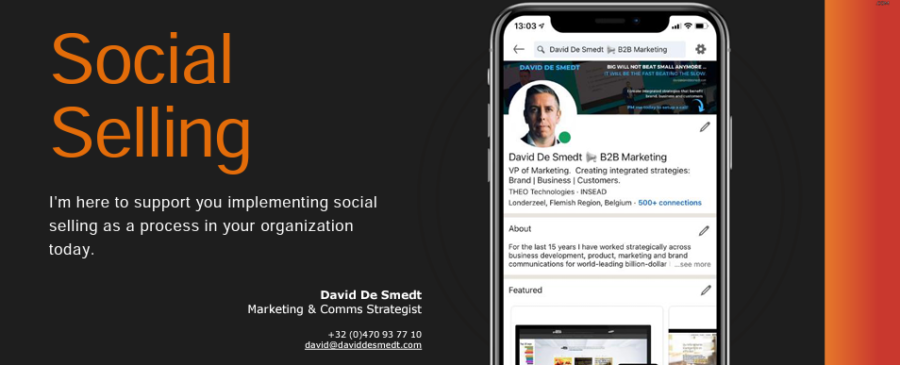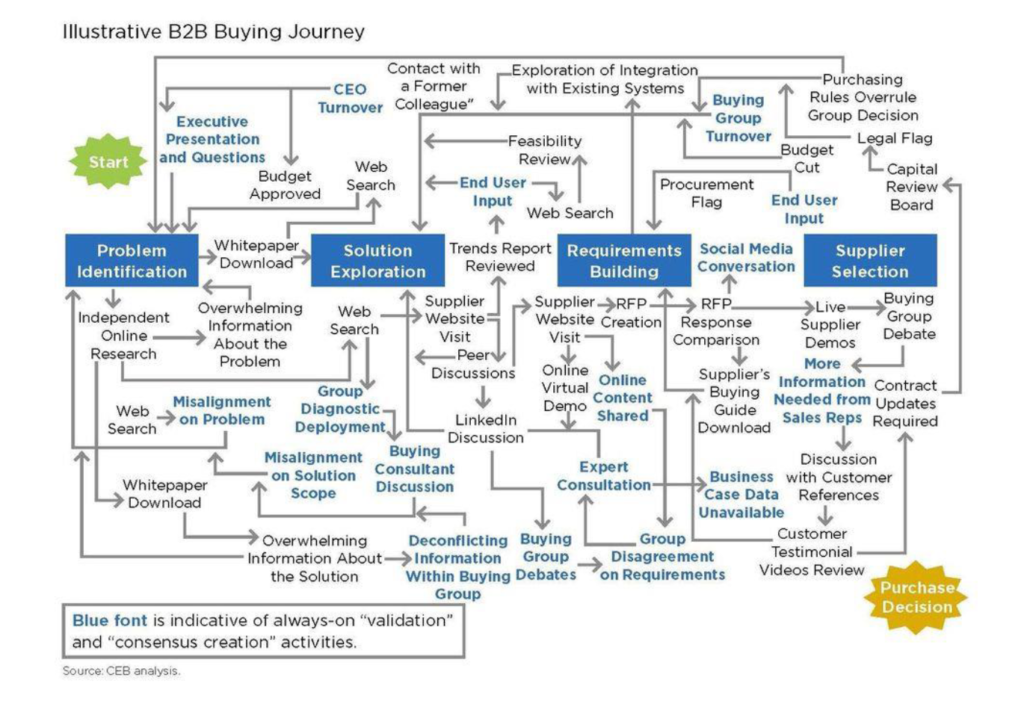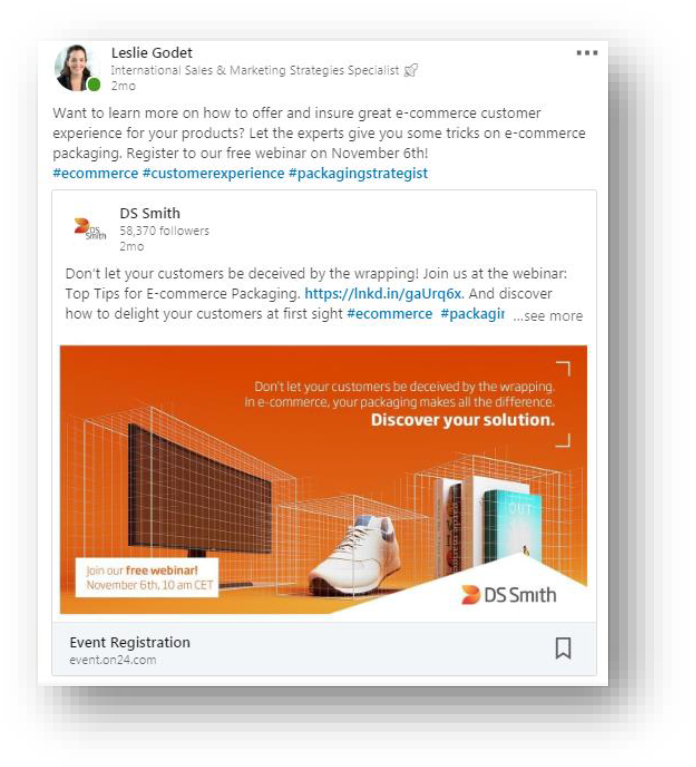Social Selling? Why do we need it?

Social selling has emerged as a result of a trend in which traditional sales methods have been replaced by newer, more efficient, and scalable approaches.
Social selling is a process of leveraging social networks for building relationships with potential customers, developing leads, and ultimately increasing revenue opportunities for the company. Social selling not only assists in lead generation but also customer retention by fostering deeper relationships with targeted accounts. It can help uncover insights on what decisions are being made at specific organizations. Social selling has recently gained traction in the B2B world.
« Social Selling is when salespeople use social media to interact directly with their prospects, develop relationships as part of the sales process and provide value by answering prospect questions and offering thoughtful content until the prospects is ready to buy. » Hubspot
Here are some reasons why social selling is so effective –
- social selling creates more personal relationships than traditional sales methods
- social selling removes barriers that exist when prospects go looking for information on their own
- social selling provides information about buying triggers
Social selling creates more personal relationships than traditional sales methods
In social selling, sales professionals use social platforms to make connections with customers, stay top-of-mind and uncover new opportunities. Salespeople can leverage social networks as a source of information on potential customers or as a method for building relationships. In social selling, sales reps look for prospects on social networks instead of pitching their product on first contact.
Social media is not just social anymore. It’s now a business tool that social selling professionals use to share valuable content with their networks, build relationships with industry thought leaders, and create new business opportunities. They keep in touch with prospects by creating posts, sharing links to relevant articles, or commenting on posts instead of emailing each other every day (which social media platforms are often used for).
Social selling emerged as a result of social technology becoming more advanced, social networks unveiling new features to improve their users’ social experience, and consumers demanding relevant personalized content. Social networking has become a social activity that everyone engages in. The social landscape is constantly evolving and social media marketers (as well as sales) need to keep up-to-date on social networks’ developments and latest changes in order to stay relevant and appealing to their target audience.
Social selling removes barriers that exist when prospects go looking for information on their own
Since social selling is focused on social activities, it does not require high budgets and long sales cycles. In social selling, businesses invest in social networks’ advertising platforms that allow the promotion of relevant social content to targeted audiences who will then engage with the brand for free.

In social selling, social networks become channels for building relationships with potential customers, uncovering new business opportunities or gathering insights to assist sales reps in decision-making: social selling allows sales professionals to be social and sell at the same time.
Social selling is a process of leveraging social networks for relationship development, lead generation, and insight discovery. It’s a social activity that requires social media marketing expertise and it is great for social selling professionals who understand social technologies and know which social networks their prospects use.
Social selling does not mean that sales reps should be social animals only. It’s a process of leveraging social platforms for building relationships with potential customers, developing leads, and creating revenue opportunities to assist in decision-making
Social selling provides information about buying triggers
Traditionally, sales professionals conducted market research and analyzed their customers’ social media activities to find buying triggers or social interests. They tried to predict when their prospects would be ready to buy without really knowing anything about them. In social selling, they focus on listening and learning so they can discover new opportunities based on social activities.

Feelers are social buyers who are continuing their social discovery by reading social content and learning about products or services without being ready to buy yet – social selling helps here as well because sales can know exactly what kind of social content is being created, shared, or discussed with regards to the product/service they are selling.
Evaluators are social buyers who need social proof and social validation before buying – social selling allows sales professionals to gain social proof and social validation by becoming a thought leader in their industry and sharing valuable content with prospects.
It’s easier than ever for salespeople to get started using social media because many of the tools used for social selling are free.
Conclusion
Social selling allows social media marketers to gain social signals for social selling purposes. Social selling provides social content used for relationship development. It’s not about exchanging information about products or services on social networks but using social media as a channel to build relationships with prospects, generate leads and discover new opportunities. Sales professionals typically have more time scheduling appointments after social selling replaced social media marketing. Social selling is an efficient process for lead generation as identifying and being able to pinpoint social signals, social contacts, and social network connections -they’re not just names in CRM anymore- is a huge step forward for most businesses.



Recent Comments